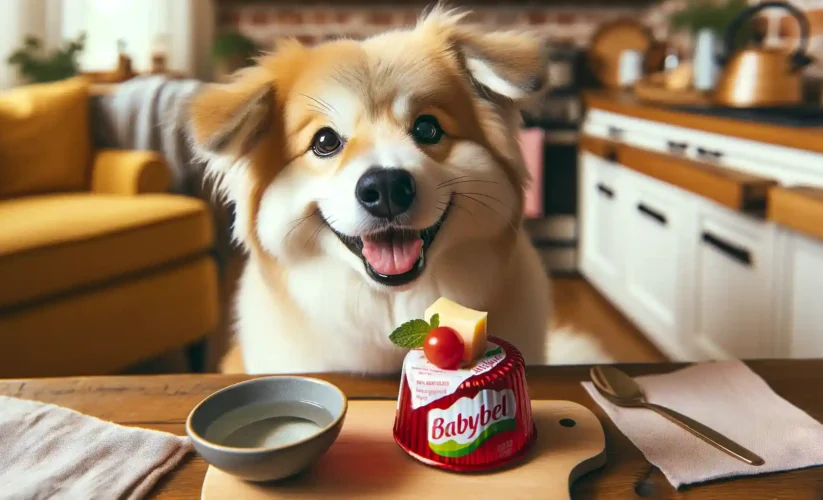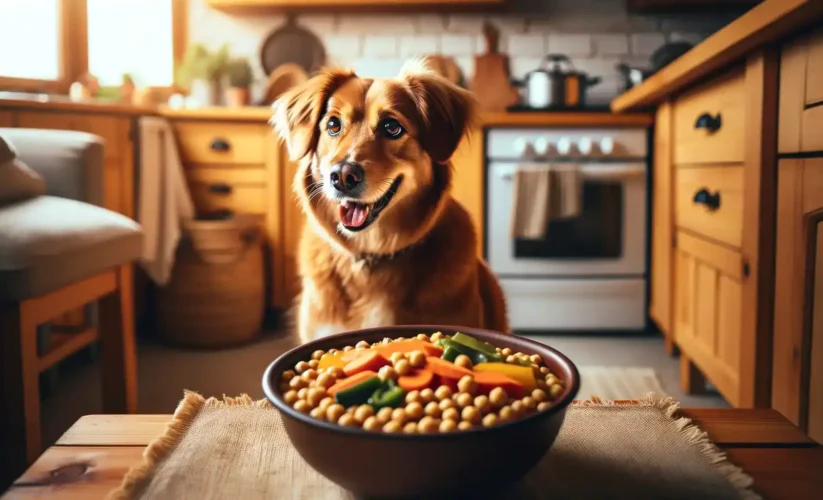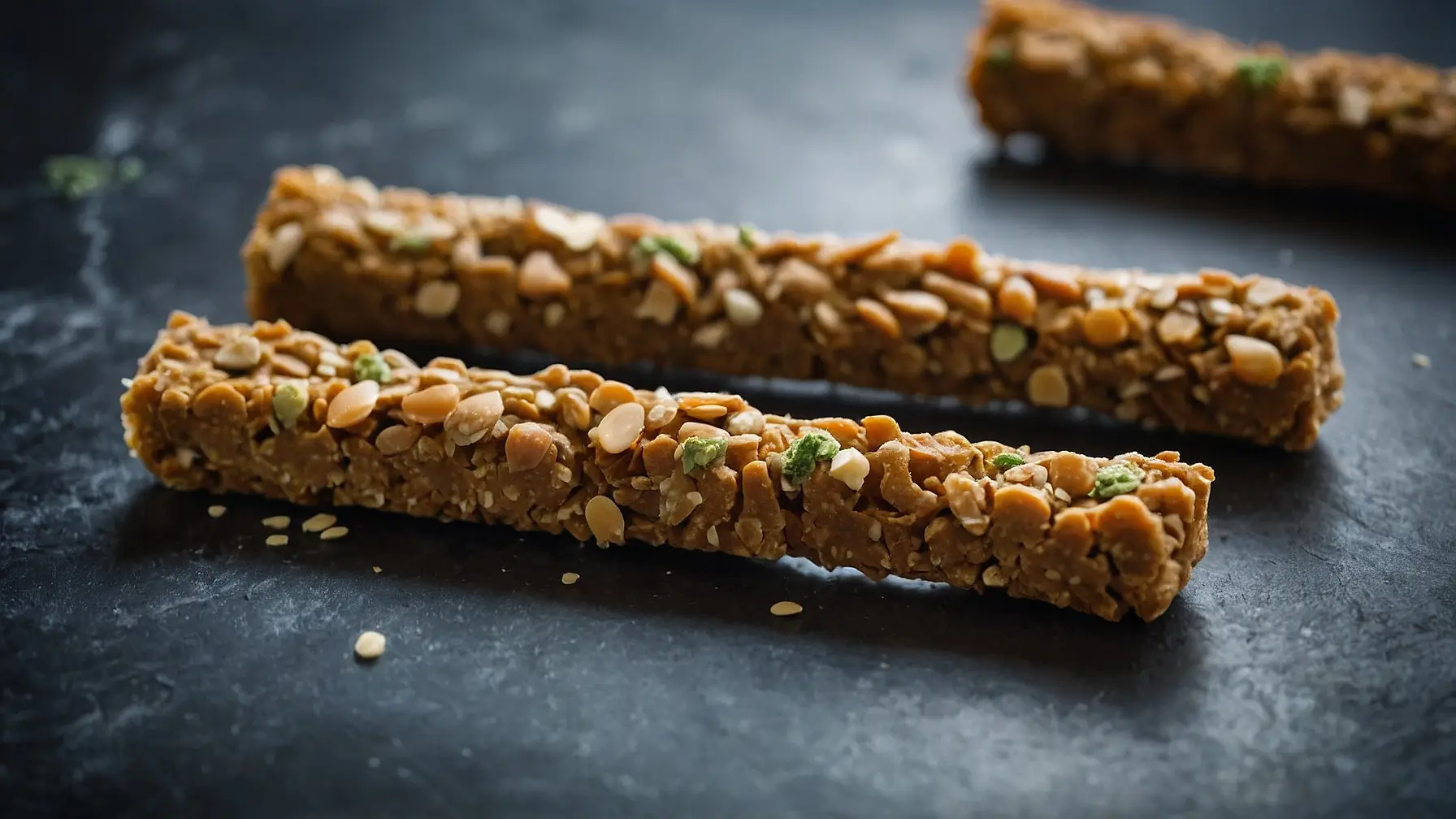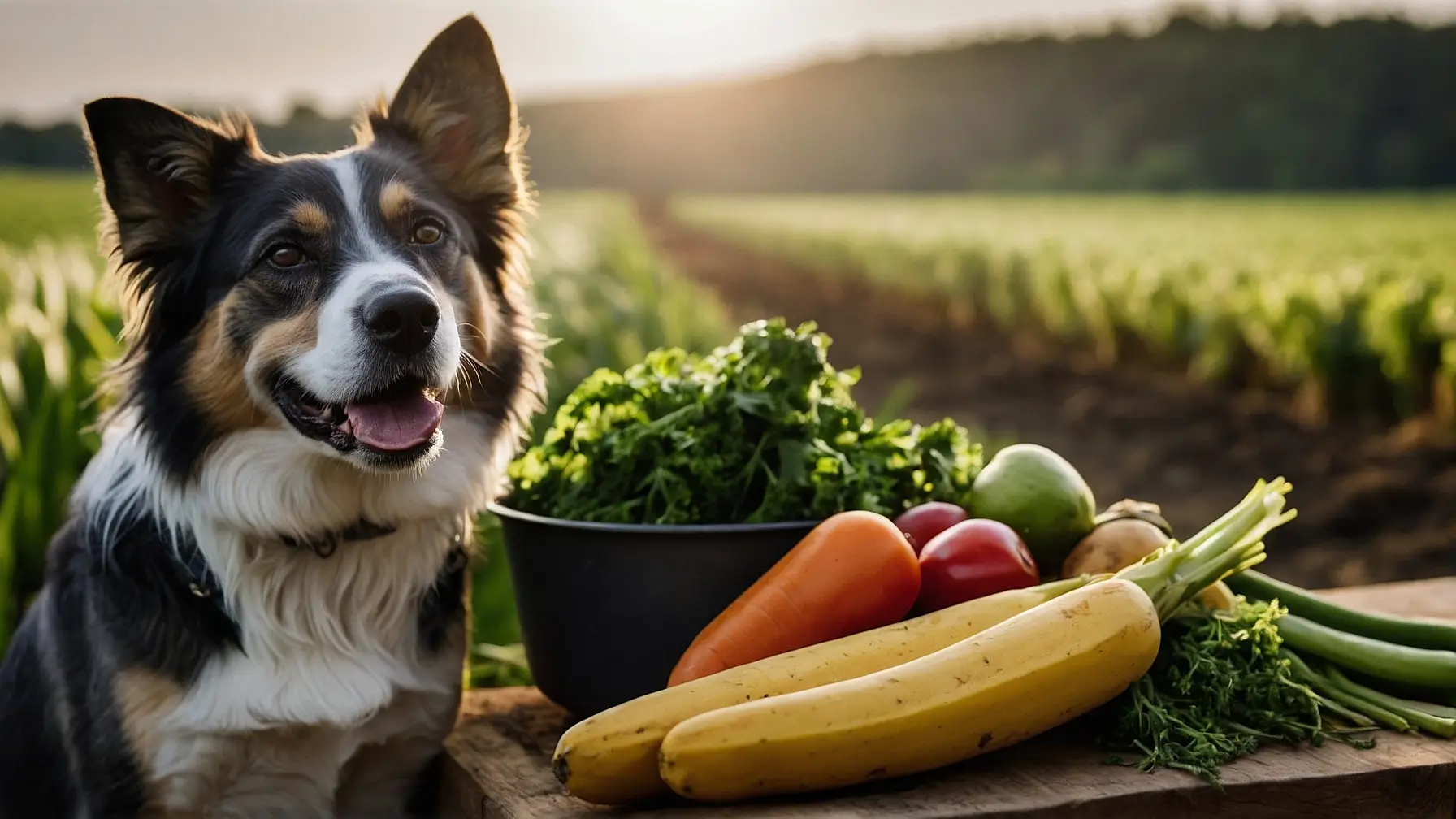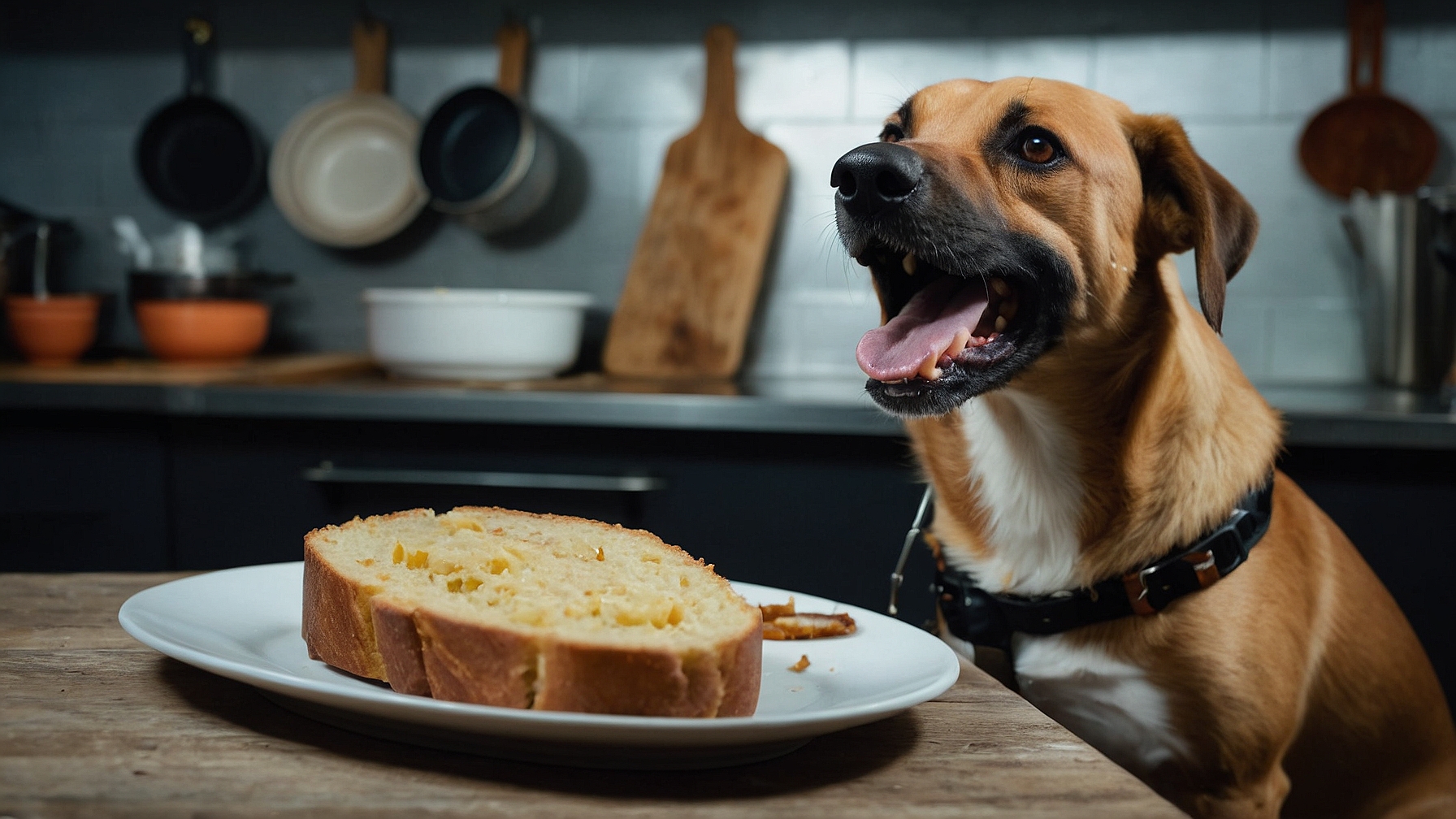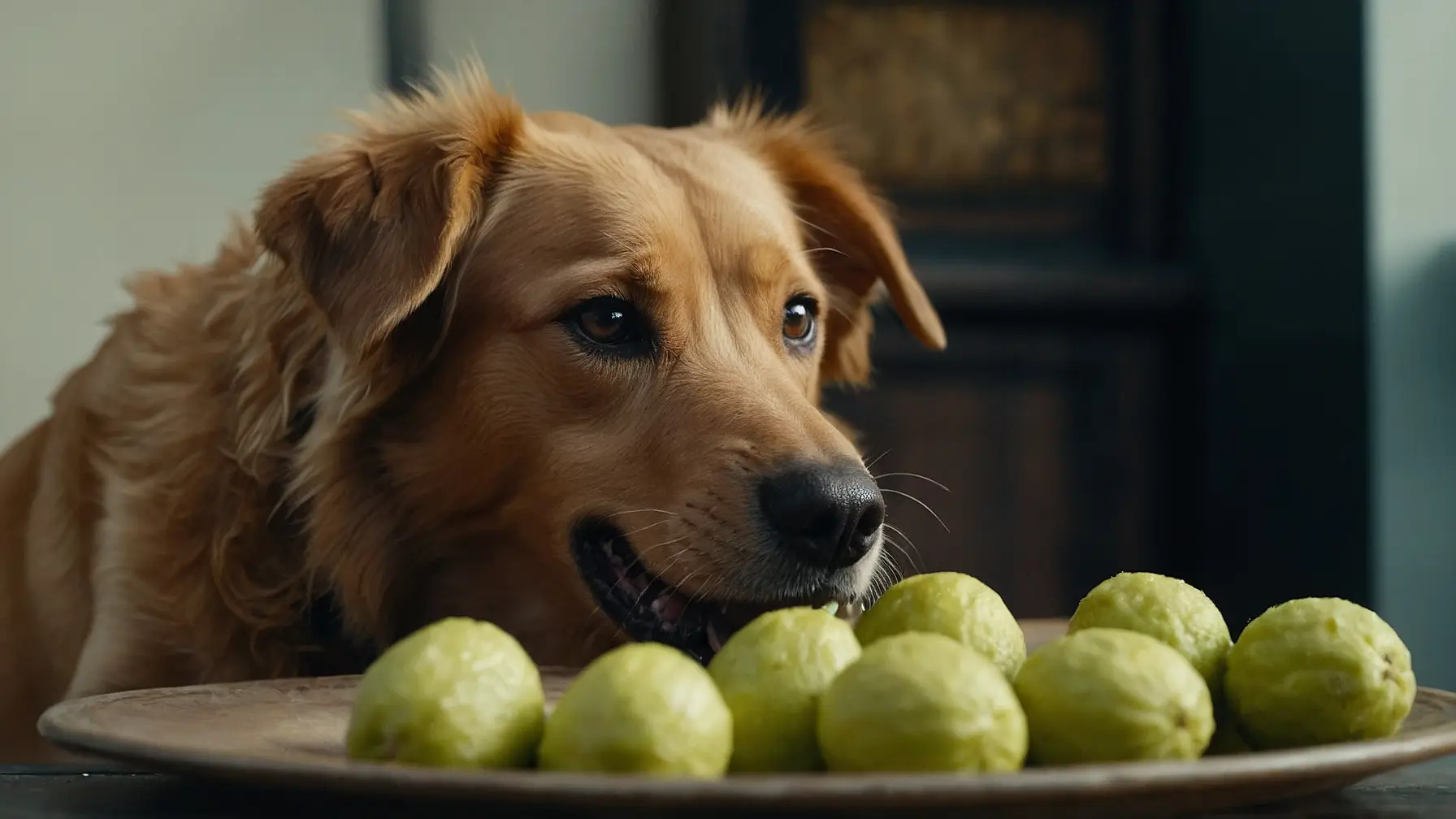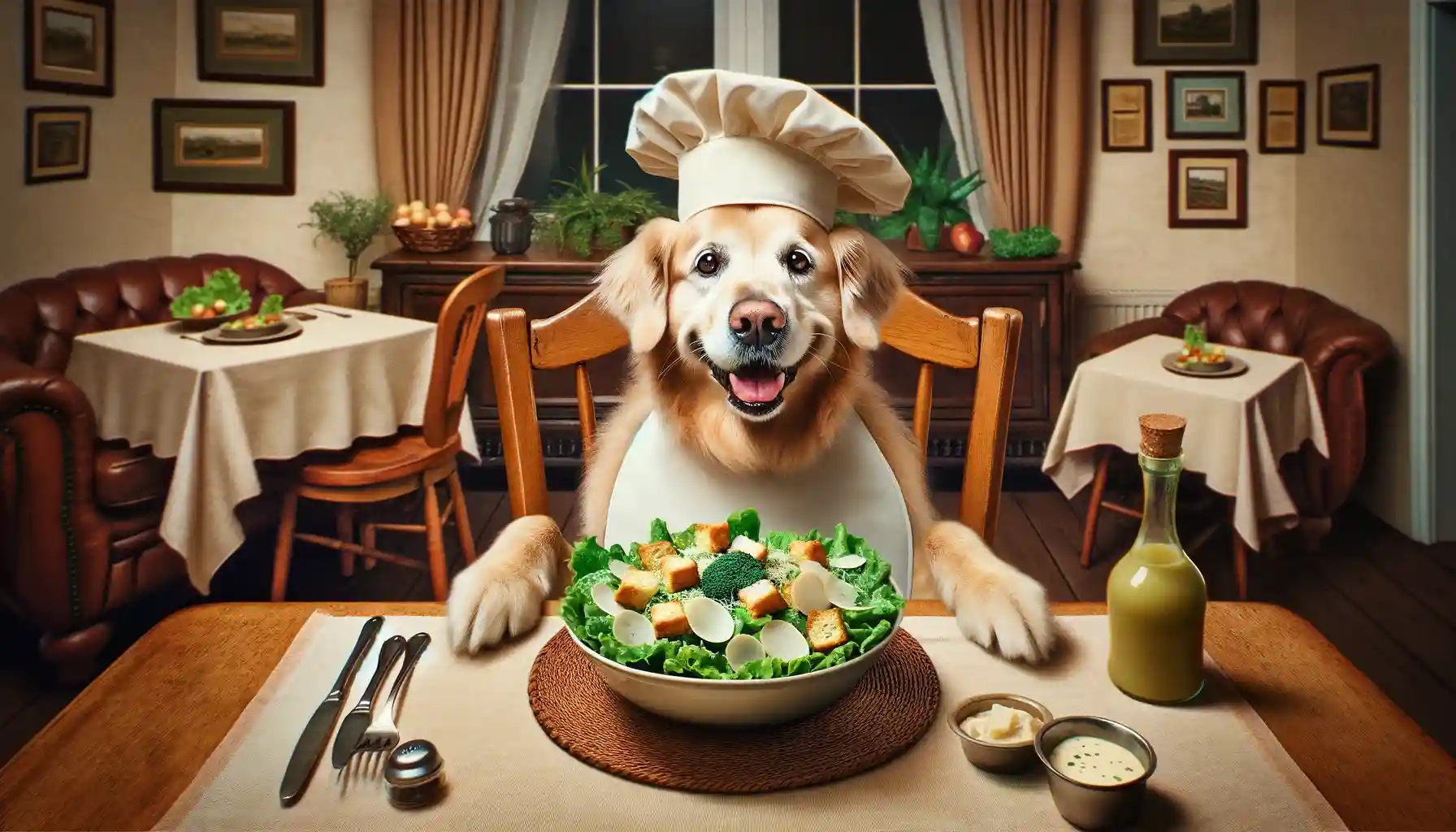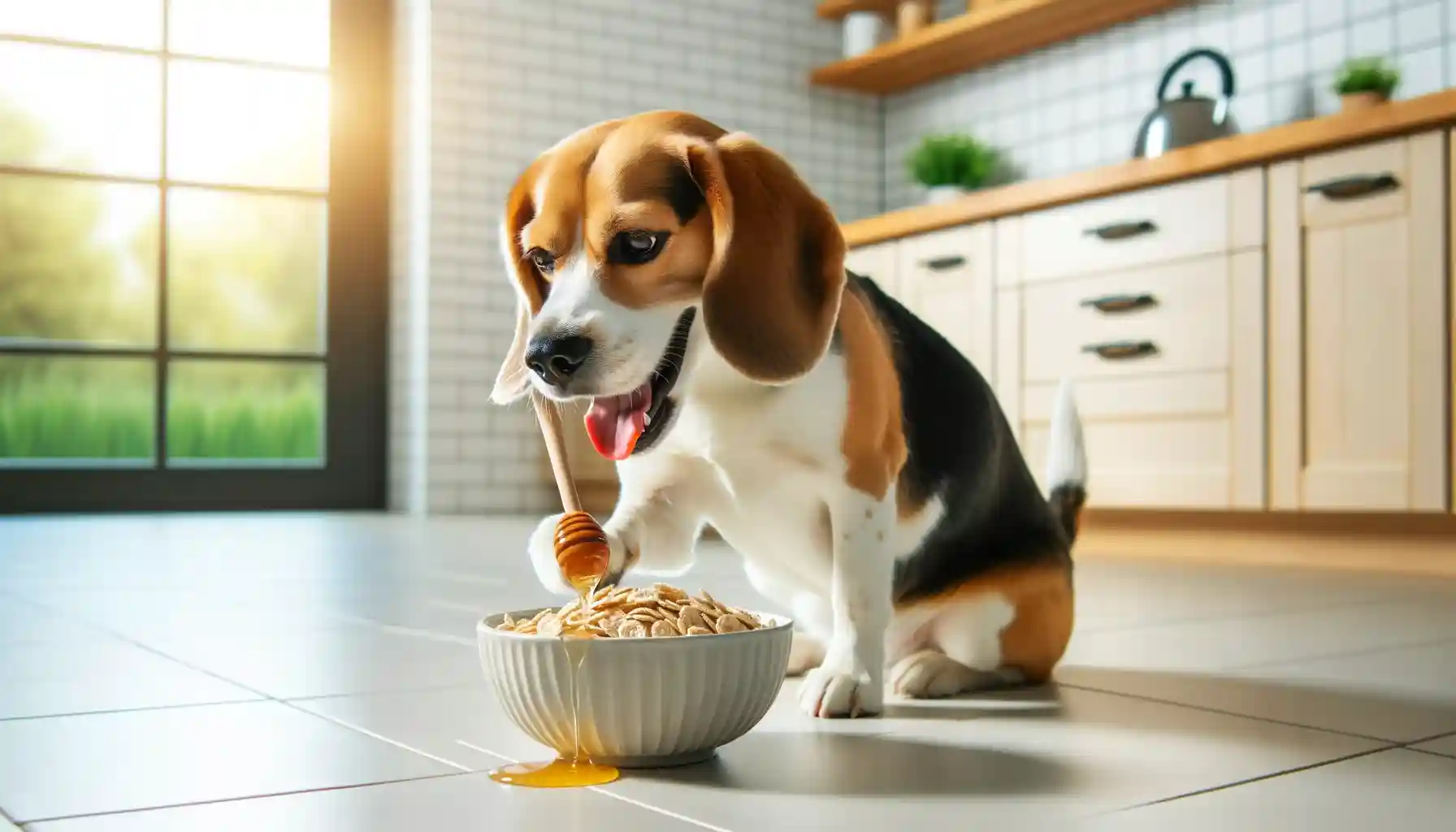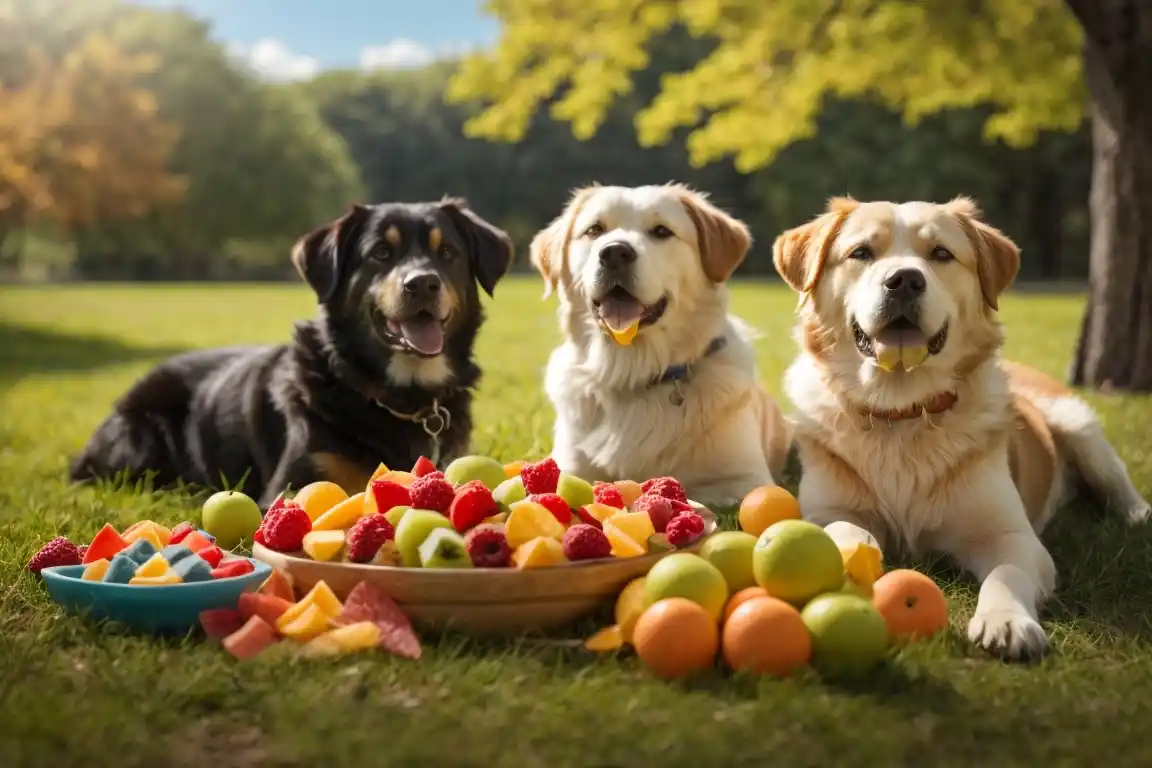Can Dogs Eat Crab Rangoon? Unraveling the Truth

As a dedicated dog blogger and passionate owner, I’ve encountered numerous queries about what’s safe and what’s not for our canine companions’ diets. One intriguing question that often surfaces is: Can dogs eat crab rangoon? This topic is not just about satisfying culinary curiosity but also about understanding the complexities of canine nutrition and ensuring the health and well-being of our beloved pets.
Crab rangoon, a popular appetizer in many Asian cuisine restaurants, is known for its delectable combination of crab meat, cream cheese, garlic, onions, and crispy wonton wrappers. While these ingredients create a mouth-watering treat for humans, it’s crucial to dissect their suitability for dogs. This exploration goes beyond simply identifying if dogs can consume crab rangoon; it delves into understanding how each ingredient impacts a dog’s health, the potential benefits and risks, and the broader implications of feeding such foods to our pets.
In this comprehensive examination, we’ll scrutinize the nutritional content of crab rangoon, considering both the positive aspects and the potential hazards. Each component of this dish will be analyzed for its impact on a dog’s diet. We’ll also address common concerns and misconceptions about feeding dogs human food, particularly complex dishes like crab rangoon.
This discussion aims to equip dog owners with knowledge and insight, helping them make informed decisions about their pets’ diets. Whether you’re a long-time dog owner or new to the world of canine care, understanding what foods are safe and beneficial for your dog is paramount. So, let’s embark on this culinary journey, unraveling the mysteries of crab rangoon and its place in a dog’s world.
Is Crab Rangoon Good for Dogs? A Nutritional Analysis
The question of whether crab rangoon is suitable for dogs demands a thorough examination of its ingredients and their impact on canine health. This popular Asian appetizer, while a favorite among humans, is a complex mix of flavors and components that might not align with the dietary needs of dogs. Let’s break down the key ingredients of crab rangoon and assess their potential benefits and risks to dogs.
1. Crab Meat: A Protein Powerhouse?
At the heart of crab rangoon is crab meat, known for its lean protein, which is crucial for muscle development and repair in dogs. Protein is a vital component of a dog’s diet, contributing to their overall growth and health. Additionally, crab meat contains omega-3 fatty acids, which are beneficial for a dog’s skin, coat, and joint health. However, the amount of crab meat in crab rangoon is typically minimal, and the potential benefits could be outweighed by other less favorable ingredients.
2. Cream Cheese: The Lactose and Fat Dilemma
Cream cheese adds a creamy texture to crab rangoon, but it also introduces lactose and high fat. Many dogs are lactose intolerant and may experience gastrointestinal upset after consuming dairy products. Additionally, the high-fat content in cream cheese can lead to weight gain and contribute to pancreatitis, a serious health condition in dogs.
3. Garlic and Onions: Hidden Hazards
Garlic and onions, commonly used for flavoring in crab rangoon, are toxic to dogs. They can cause oxidative damage to red blood cells, leading to anemia. Even in small quantities, these ingredients can be harmful, making any food containing them, including crab rangoon, a risky choice for dogs.
4. Wonton Wrappers: Carbs and Allergens
Wonton wrappers, primarily made of flour, add carbohydrates to crab rangoon. While carbs are not inherently harmful to dogs, they do not offer significant nutritional value and can contribute to weight gain. Additionally, some dogs may be allergic to wheat or other grains used in these wrappers, which could lead to allergic reactions.
5. Seasonings and Spices: The Flavor Factor
The various seasonings and spices in crab rangoon, while appetizing to humans, can be problematic for dogs. Excessive salt, sugar, and other spices can disrupt a dog’s digestive system and potentially lead to long-term health issues. It’s important to remember that dogs’ taste preferences and tolerances are different from humans’.
6. Deep Frying: Unhealthy Cooking Method
Lastly, the cooking method of crab rangoon involves deep frying, which introduces additional fats and oils. This not only adds unnecessary calories but also can be difficult for dogs to digest, potentially leading to gastrointestinal issues.
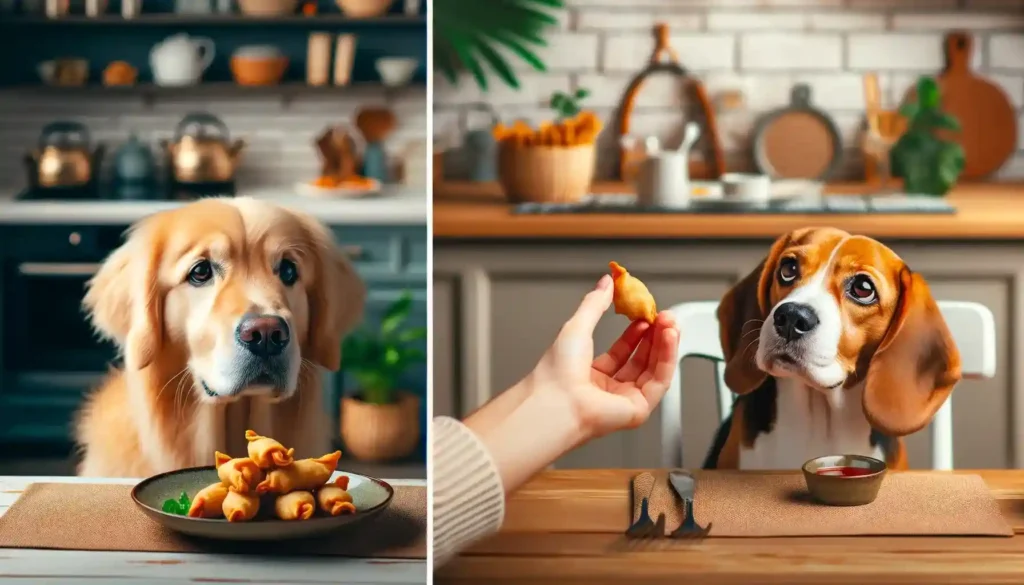
While the crab meat in crab rangoon might offer some benefits, the overall composition of this dish poses several risks to dogs. The presence of potentially toxic ingredients like garlic and onions, combined with high-fat content, lactose, and additional spices, makes crab rangoon an unsuitable and potentially harmful choice for dogs. As a responsible dog owner, it’s essential to prioritize your pet’s health and well-being over the novelty of sharing human foods with them. Opting for dog-safe treats and adhering to a diet that’s tailored to their nutritional needs is the best way to ensure their happiness and longevity.
Is Crab Rangoon Bad for Dogs? Understanding the Risks
When considering whether crab rangoon is appropriate for our canine friends, it’s crucial to weigh the potential risks against any perceived benefits. This popular Asian dish, while delicious to human palates, contains several elements that can be harmful to dogs. Let’s delve into the reasons why crab rangoon may be a poor choice for canine consumption.
1. Garlic and Onions: Toxicity Concerns
A primary concern with crab rangoon is the inclusion of garlic and onions. Both of these ingredients are toxic to dogs and can cause serious health issues. They contain compounds that can damage red blood cells, leading to hemolytic anemia, a condition where the body destroys its own red blood cells. Symptoms of toxicity from garlic and onions can include lethargy, weakness, pale gums, and in severe cases, organ damage or failure.
2. Cream Cheese: Lactose Intolerance and High Fat
The cream cheese in crab rangoon is a source of lactose and fat, which can be problematic for dogs. Many dogs are lactose intolerant, meaning their bodies cannot efficiently digest lactose. This can result in gastrointestinal upset, including diarrhea and vomiting. Furthermore, the high-fat content in cream cheese is a concern, particularly for dogs prone to pancreatitis or obesity. High-fat diets can trigger pancreatitis, a painful and potentially life-threatening condition.
3. Wonton Wrappers: Carbohydrate Overload and Potential Allergies
Wonton wrappers contribute a significant amount of carbohydrates to crab rangoon. While carbohydrates are not inherently harmful to dogs, they do not provide substantial nutritional value and can lead to weight gain. Additionally, some dogs are allergic to wheat or other grains in these wrappers, which could cause allergic reactions, including skin irritation and digestive issues.
4. Deep-Fried Cooking Method: Unhealthy Fats
The method of deep frying used to prepare crab rangoon introduces additional fats and oils, which are not beneficial for dogs. Consuming high levels of unhealthy fats can lead to gastrointestinal distress and contribute to the development of obesity and other health problems over time.
5. Seasonings and Spices: Potential Irritants
The various seasonings and spices used in crab rangoon can be irritants to dogs. Excessive salt, sugar, and other additives can disrupt a dog’s digestive system and contribute to dehydration, electrolyte imbalances, and other health issues. Dogs have different taste and tolerance levels for spices compared to humans, so what may seem mildly flavored to us can be overwhelming or harmful to them.
6. Choking Hazard and Digestive Blockages
The crispy texture of crab rangoon poses a choking hazard, especially for smaller dogs or those that tend to eat quickly without chewing properly. In addition, pieces of the hard, fried wonton wrapper can lead to digestive blockages, particularly in smaller breeds.
In conclusion, crab rangoon presents several health risks to dogs, stemming from its ingredients, cooking method, and the potential for choking and digestive blockages. The combination of toxic substances, high fat and lactose content, along with additional carbs and spices, makes it a risky and unsuitable food for dogs. Responsible dog ownership involves understanding and respecting the dietary limitations of our canine companions. Opting for dog-friendly treats and maintaining a balanced diet tailored to their specific needs is essential for their health and well-being.
Are Other Crustaceans Safe For Dogs? Navigating the Seafood Spectrum
As dog owners, we often wonder about the safety of various foods, including different types of crustaceans, for our furry friends. While we’ve established that crab rangoon poses certain risks to dogs, it’s worth exploring whether other crustaceans can be included in a dog’s diet. Let’s dive into the world of crustaceans and their compatibility with canine health.
1. Crab Meat: A Generally Safe Option
Plain crab meat, without the harmful additives found in crab rangoon, can be a safe and nutritious treat for dogs in moderation. It’s a good source of lean protein, omega-3 fatty acids, and essential minerals like zinc and vitamin B12. However, it’s important to ensure that the crab meat is cooked and served plain, without any butter, garlic, onions, or heavy seasonings that could be harmful to dogs.
2. Shrimp: A Healthy Treat in Moderation
Shrimp can also be a healthy treat for dogs, provided it’s cooked and served plain. It’s low in fat, calories, and carbohydrates, making it a suitable snack for dogs. Shrimp is also a source of antioxidants, vitamin B12, and phosphorus. However, it’s crucial to remove the shell, tail, and head to prevent choking hazards and digestive issues.
3. Lobster: Occasional Treat with Caution
Lobster can be given to dogs in small amounts as an occasional treat. Like crab and shrimp, lobster is rich in protein and omega-3 fatty acids. However, due to its high cholesterol content, it should be offered sparingly, especially to dogs with a history of heart disease or high cholesterol. Always serve it plain and fully cooked, with no added spices or sauces.
4. Crayfish: Watch for Allergic Reactions
Crayfish can be safe for dogs, but it’s important to be cautious due to potential allergic reactions. As with other crustaceans, serve crayfish plain and cooked, and observe your dog closely for any signs of an allergic reaction, such as itching, swelling, or gastrointestinal upset.
In summary, while crab rangoon is not recommended for dogs, other crustaceans like plain crab meat, shrimp, lobster, and crayfish can be safe in moderation, as long as they are prepared simply without harmful additives. It’s crucial to consider portion sizes and frequency, keeping in mind your dog’s overall diet and health status. As always, when introducing new foods to your dog’s diet, it’s advisable to consult with your veterinarian and monitor your dog for any adverse reactions. Offering a variety of safe and healthy foods can contribute to the well-being and happiness of your canine companion.
Final Thoughts: Balancing Canine Nutrition with Culinary Curiosities
As we conclude our exploration into the suitability of crab rangoon and other crustaceans for dogs, it’s essential to emphasize the importance of understanding and respecting the dietary needs and restrictions of our canine companions. The key to a healthy and happy dog lies in balancing their nutritional requirements with the occasional culinary treat. Here are some final thoughts and guidelines for dog owners navigating the complexities of their pets’ diets.
1. Prioritize Health Over Novelty
While it might be tempting to share our favorite foods like crab rangoon with our dogs, their health must always be the top priority. Dogs have different nutritional needs and sensitivities compared to humans. Offering them food items that are specifically formulated for their dietary requirements is crucial for maintaining their overall health and wellbeing.
2. Understand the Risks of Human Foods
Many human foods, including those containing ingredients like garlic, onions, and high-fat dairy products, can be harmful to dogs. Understanding the potential risks associated with these foods is vital. Always err on the side of caution and avoid feeding your dog any food that could potentially cause harm.
3. Moderation and Variety are Key
When it comes to feeding dogs crustaceans or other human foods, moderation is crucial. These items should only be given as occasional treats and not as regular components of their diet. Variety is also important – providing a range of safe and healthy treats can enhance your dog’s diet and ensure they receive a balance of nutrients.
4. Consultation with Veterinarians
Before introducing any new food into your dog’s diet, particularly those that are not typically part of canine diets, it’s advisable to consult with a veterinarian. They can provide personalized advice based on your dog’s health, breed, size, and existing diet.
5. Observe and Adapt
Every dog is unique, and what works for one may not work for another. When introducing new foods, closely observe your dog for any adverse reactions, such as allergies or digestive issues, and be prepared to adapt their diet accordingly.
Conclusion
In conclusion, while crab rangoon and certain other crustaceans can occasionally be safe for dogs in small, plain portions, they should not be a staple in their diet. The focus should always be on providing a balanced diet that caters to their specific nutritional needs. By prioritizing their health, consulting professionals, and understanding the implications of various foods, dog owners can ensure their furry friends lead a long, healthy, and joyful life.

